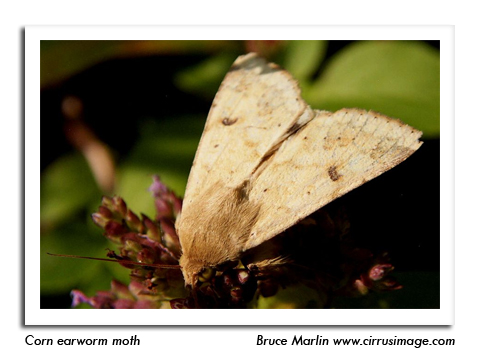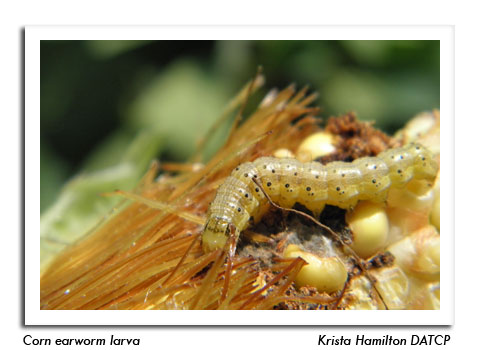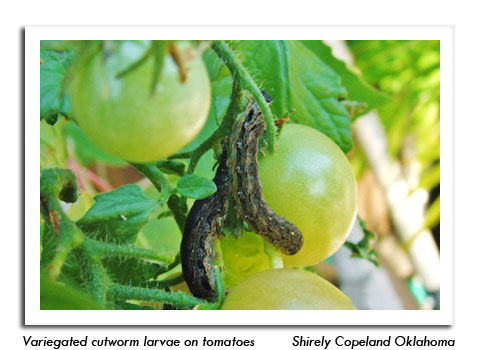
 |
|
|
Vegetables
Volume 58 Number 8 Date 06/20/2013 COLORADO POTATO BEETLE - Larvae from overwintered beetles are predominantly in the first and second instars. Bacterial insecticide treatments of Bacillus thuringiensis var. tenebrionis (Btt) are most effective at this time, while the larvae are very small. Most products persist only 1-2 days and must be reapplied 2-3 times to effectively control populations. CORN EARWORM - An early-season migration that has been under way since May 30 appears to have peaked from June 6-12 with the capture of 154 moths in the Janesville pheromone trap. Moderate counts of 45 and 33 moths were registered this week near Ripon and Janesville, respectively. As previously stated, the larvae produced by these early migrants are unlikely to impact sweet corn, but cabbage, peppers and other garden vegetables may be at risk of damage later this month or in early July and should be monitored for signs of larval feeding. VARIEGATED CUTWORM - Larvae were found in counts of 2-3 per 100 plants in a cornfield near Richland Center. This sporadic pest, which appeared in record numbers in field, forage and vegetable crops last spring, is one of the most damaging cutworms on beans, potato and tomato. The larvae noted in Richland County were approximately one inch long on June 18. ROSE CHAFER - This beetle has been observed on perennials and in home gardens in the past week. The adults deposit eggs in the soil that hatch into grubs which feed on the roots of grasses, weeds and garden plants. Defoliation is expected to increase in the next 3-4 weeks, especially in areas of the state with sandy soils. -- Krista Hamilton, DATCP Entomologist 





|
|
|